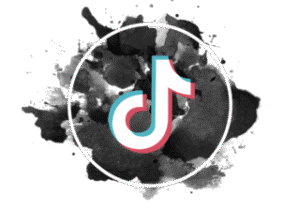
So often in radio, we tend to see audience behavior as something that’s happening specific to our brand. Even though it is a legacy medium that’s structure is little changed over decades, it is important for radio programmers (and sales managers) to understand changing consumption patterns.
Short story short, we continue to see evidence that brief clips, segments, and chunks – both audio and video – continue to be the key ways consumers enjoy watching or listening to content. Whether it’s bite-sized podcast segments or lunchable videos, the web is becoming a hotbed for the consumption of content as the move is decidedly away from longform content.
The trend struck me while reading a recent piece about the traditional activity of watching long-form sports broadcasts on TV now cascading over that “demographic cliff.” The story appeared in Front Office Sports with this ominous headline:
“Kids Rarely Watch Sports. Media Executives Are Concerned”
As reporter Michael McCarthy reported, the average age of a prime time NFL broadcast is 62½ years-old. I skewed it even older last night while watching most of an entertaining Ravens/Bengals matchup last night on Amazon Prime.
Throughout the world of broadcast sports, this is becoming problem numero uno. ESPN chairman Jimmy Pitaro provides this worried quote in the Front Office Sports story:

Photo: ESPN | Jimmy Pitaro
“If you ask my direct reports, what it is that’s keeping them up at night, if you ask me, it’s that. If you look at my kids: Netflix, Instagram, TikTok, Fortnite. They’re incredibly distracted. So can we make programs like Get Up and First Take that resonate with younger people?”
Give TV execs credit. Unlike their counterparts in radio, they are actively concerned about Gen Z erosion – or more to the point, kids aren’t getting into the habit of watching sports on TV.
BUT they are into dynamic personalities like Pat McAfee and they engage in sports via shorter packages of clips and highlights. McCarthy quotes Sports Media Advisors founder and CEO, Doug Perlman, who analyzes the teen challenge brilliantly:
“Younger people have shorter attention spans. And we know for a fact they have infinite choices in terms of how to spend their time. So there’s tons of things vying for their time. And there are ways they can engage with a sport without spending three hours watching a live event.
“They can follow it on social platforms. They can get highlights as they happen. They can play fantasy. They can engage with individual athletes and immerse themselves in their fashion taste or musician tastes. They can read trade rumors or draft rumors.
“So you can spend hours a day, which would have been unheard of not that long ago, engaging with a sport but never sit down and watch a three-hour window. That’s not great. On the one hand, it’s great they know more about the sport than anybody ever used to. But it can’t be monetized the same way. So it’s something everybody has to think about.”
Sorry about a long quote in a post about short-form content, but Perlman frames the challenge well for TV’s C-suite strategists. It an issue of both engagement and monetization. And if you’ll excuse the cliché, it’s about meeting young consumers where they are.
Sports betting is part of that engagement – a way of following the game and spending money that differs from buying a ticket to the game or sitting through a 30-second ad:
Like so many other media movements, however, the ESPN team and other sports movers and shakers shouldn’t be surprised if this trend toward shorter, quicker, and highly edited packages moves its way up the demographics to Millennials, Gen Xers and beyond.
Like so many other media trends, technology and media start young and inevitably become mainstream habits – like TikTok, streaming, and texting.
And for those of you who appreciate trends, shorts cuts, clips, and content chunks are making their way across the media spectrum – even to Netflix.
chunks are making their way across the media spectrum – even to Netflix.
Now if you think about how that might work on a platform that’s totally dependent on users watching movies, TV shows, documentaries, and other content in its original full-length formats, think about how we talk about the TV we love:
We gravitate to our favorite scenes and “the best parts.”
So Netflix has added a new feature – “Moments” – that give subscribers the ability to bookmark a favorite scene, save it, watch it again and again, and share it on social platforms. How’s that for engagement for a brand that heretofore has been limited to “watercooler” talk about favorite shows.
Here’s how they’re marketing it. “Moments,” utilizing celebrities that include Giancarlo Esposito, Simone Biles, and Cardi B, who it turns out, talk about great TV just like the rest of us do.
Here’s their “It’s so good” campaign that revolves around short-form content:
“Moments” is limited to Netflix users on their smartphones – iOS for Apple is available now, while Android access is coming.
As Variety explains, a key for Netflix is social sharing which turbocharges buzz by moving it from old school, one-to-one word-of-mouth to online communities. If this technology is easy and works seamlessly, we’re looking at a short-form strategy you can bet other platforms will soon copy.
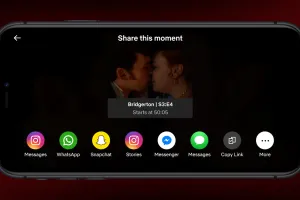
Netflix “Moments” via Variety
The social trending of short cuts has been with us for several years now, spreading from one platform to another. In recent years, TikTok has become a dominant source, thanks to its short videos that have allowed for exposure to new music as well as news and information clips. This year, we saw this trend embraced by political candidates across the spectrum.
The more time we spend in the social space, the more short cuts we’re seeing. YouTube’s “Shorts” is a great example of this media megatrend:
Social media maven Lori Lewis (pictured below) spends more time in the social sphere than anyone I know. She recently wrote a guide that breaks down the differences between short-form formats that include “Stories,” Posts, and Reels.
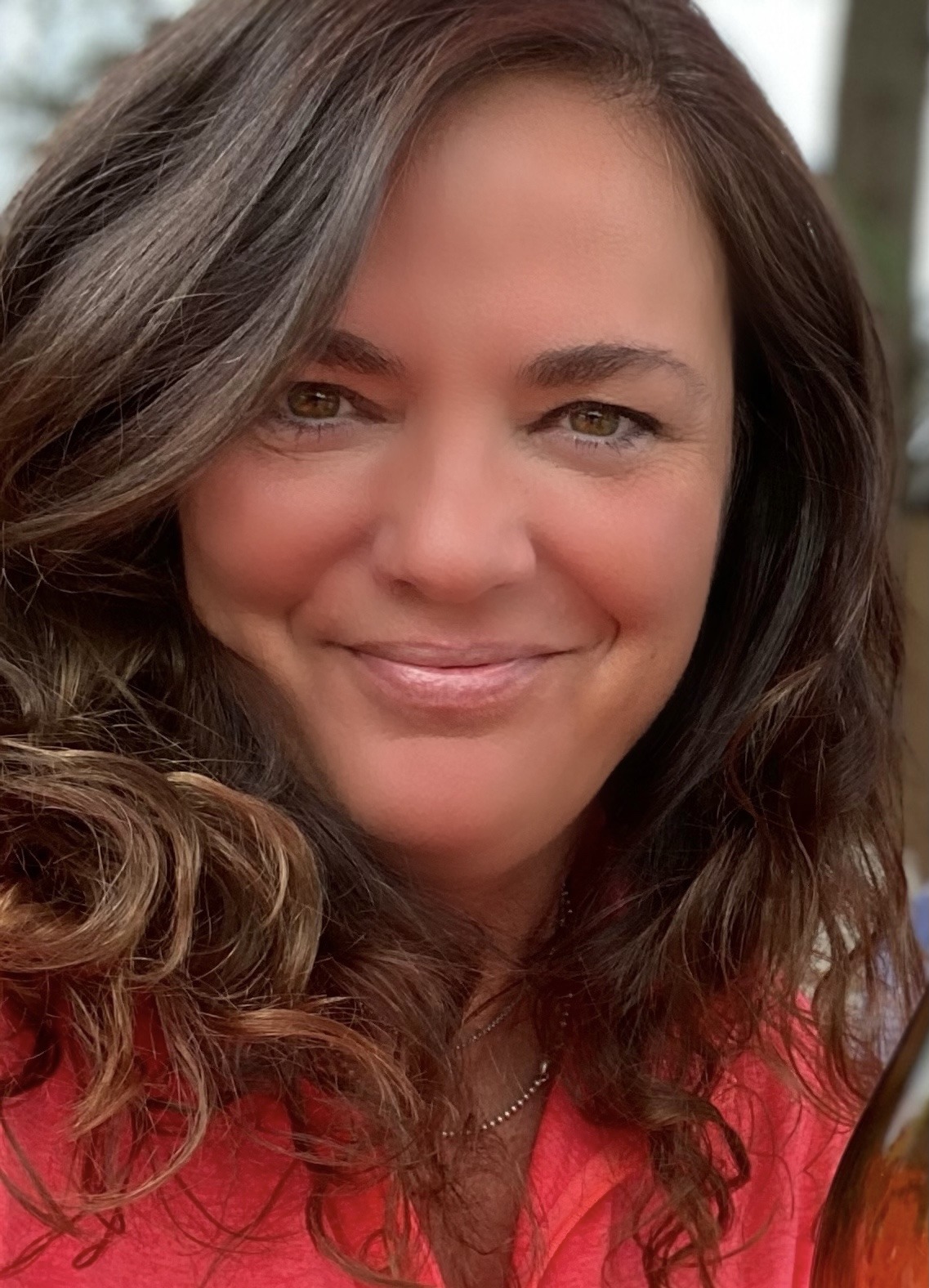
Lori Lewis
It is recommended reading for your staff trying to master the art of producing short clips that work.
As she reminds us, “The social space is ever-evolving and certainly not easy, but if you view the platforms as unique opportunities to tell the same story 3 different ways, there’s no doubt you will find growth and more meaningful time spent creating.”
But what about audio – podcasts, to be precise?
Is the short-form wave impacting the way consumers enjoy audio content? For answers, I turned to podcast guru Steve Goldstein (pictured below).
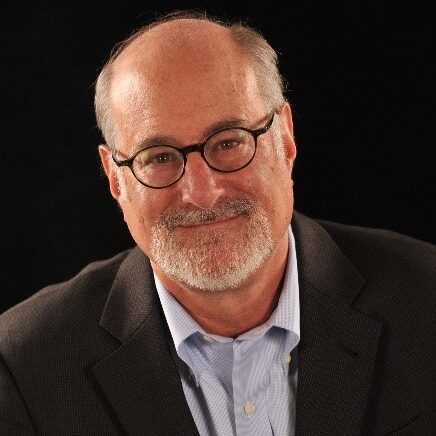
Steve Goldstein
He started Amplifi Media nearly a decade ago, back when if your podcast wasn’t 75 minutes long, you were doing something wrong. Today, he also teaches a highly popular class at NYU, “The Business of Podcasting.”
Obviously, podcasting has evolved – both in content and revenue generation. Today, there’s a lot to be said for short-form abbreviated version of long-from content, whether it’s an original podcast or today’s morning show.
Here’s how Steve explains the hierarchy of choice:
“I think the TV model is a really good one for radio broadcasters. I think bite-sized content is the win. It’s not the long form. No one listens to your radio show for 3-and-a-half hours, but they might listen to 4 or 8 minutes that were really great.
“There’s 3 levels of content: a, b, and c, and most content falls into the last two categories. The great moments are a-level, and those are the moments that you should be making available to listeners. Again, for retention, but also for growth.”
The execs over at ESPN, Netflix, and YouTube are no doubt in agreement.
And so we wrap up back at radio where a short-form movement is about to invade Nielsen’s ratings methodology in the largest markets. As I’ve discussed here and as most of you have read about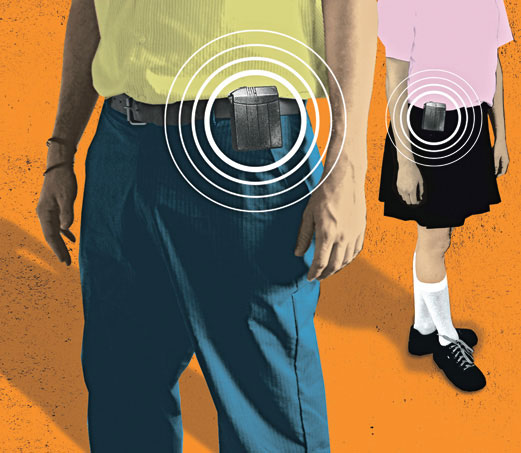 and discussed, there’s a movement underfoot that will drop the amount of required listening to receive quarter-hour credit from 5 minutes down to 3 in PPM markets.
and discussed, there’s a movement underfoot that will drop the amount of required listening to receive quarter-hour credit from 5 minutes down to 3 in PPM markets.
This is a big deal for all the expected reasons. After all, the opportunity for higher ratings is a strong one. And the brands that are truly stellar most likely have the best opportunity to enjoy more credited listening.
But what does this seismic change in PPM ratings mean for the way programmers structure their hours, in terms of stopsets and program segments? On the one hand, most PDs sweat the length of personality breaks, often doing whatever possible to keep them short, entertaining, and to the point. And yet, sprawling stopsets as long as 10 minutes or more counteract whatever benefits more concise segments produce.
With the “3-minute rule,” programmers have a golden opportunity to rethink their clock architecture – the number of stopsets per hour, break length and placement, and other variables that might encourage grabbing 3 minutes of listening in all four quarter-hours.

Mike McVay
To that end, radio giant Mike McVay recently laid out the key issues in an edition of Radio Ink. In “Changing the Clocks,” Mike lays out the debate between the number of commercial breaks an hour versus the number of ads in each stopset.
Will audiences sit through shorter commercial breaks or will they more likely bolt every time a station stops down to “pay the bills?” Can music stations, in particular, take advantage of the shorter trend by adding that feared third (or even fourth) stopset to help extend time-spent listening?
bolt every time a station stops down to “pay the bills?” Can music stations, in particular, take advantage of the shorter trend by adding that feared third (or even fourth) stopset to help extend time-spent listening?
Will some radio stations depart from the “bowtie” stopset configuration where most stations in the market schedule their commercials for the same time each hour?
That IS the question, and as we continue to see, the long and short of it is that more compact segments will become the norm in most content verticals.
More and more brands will be cutting to the chase.
Originally published by Jacobs Media









